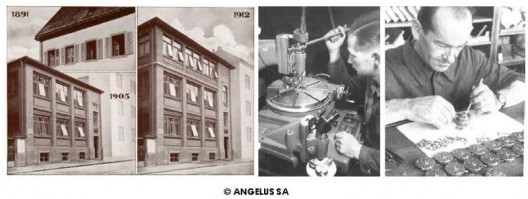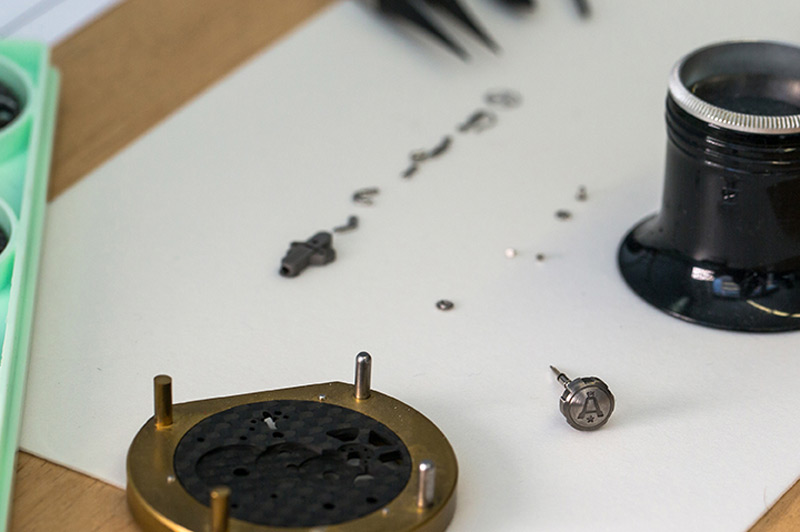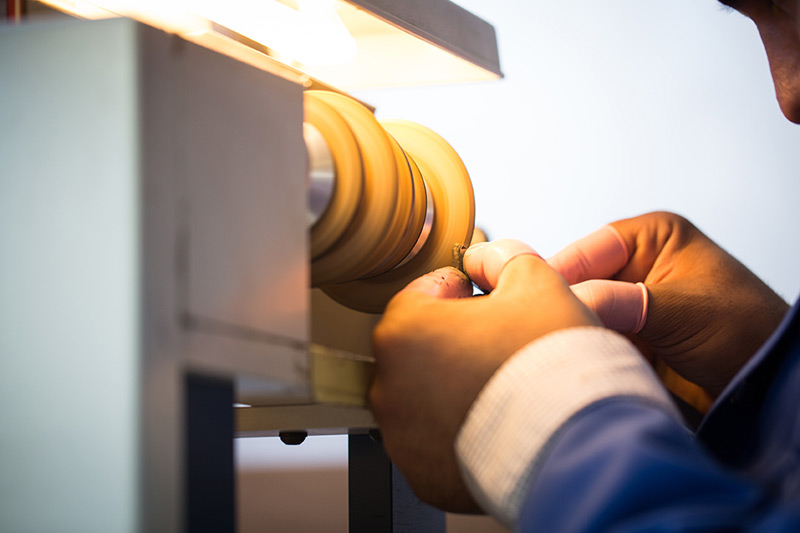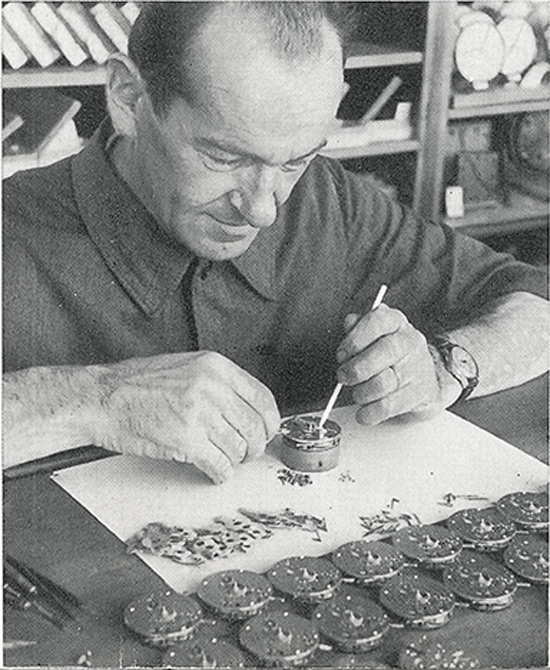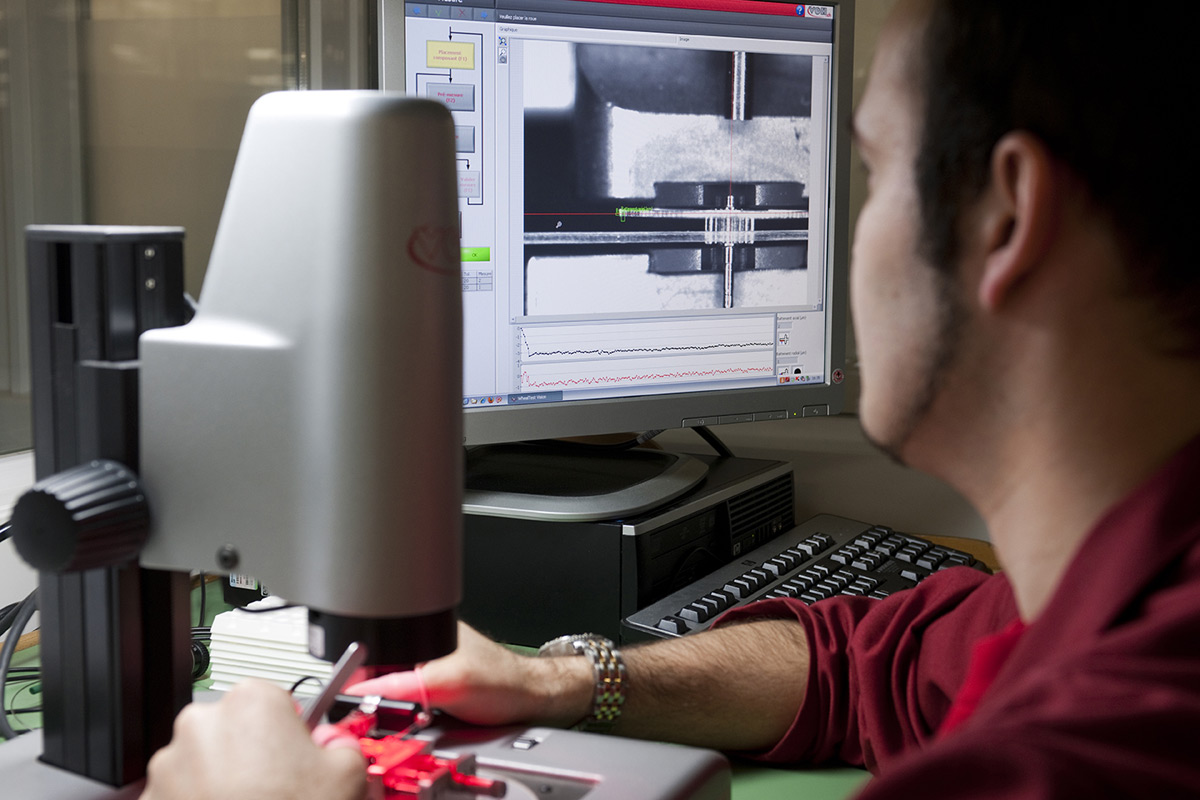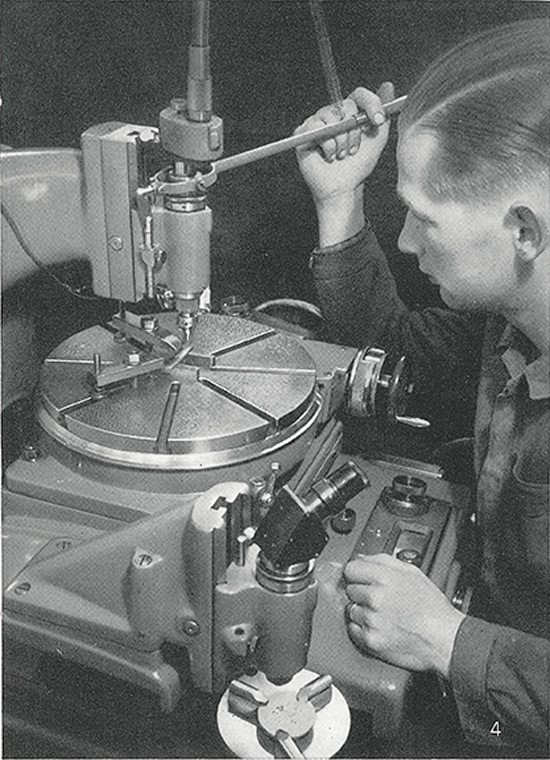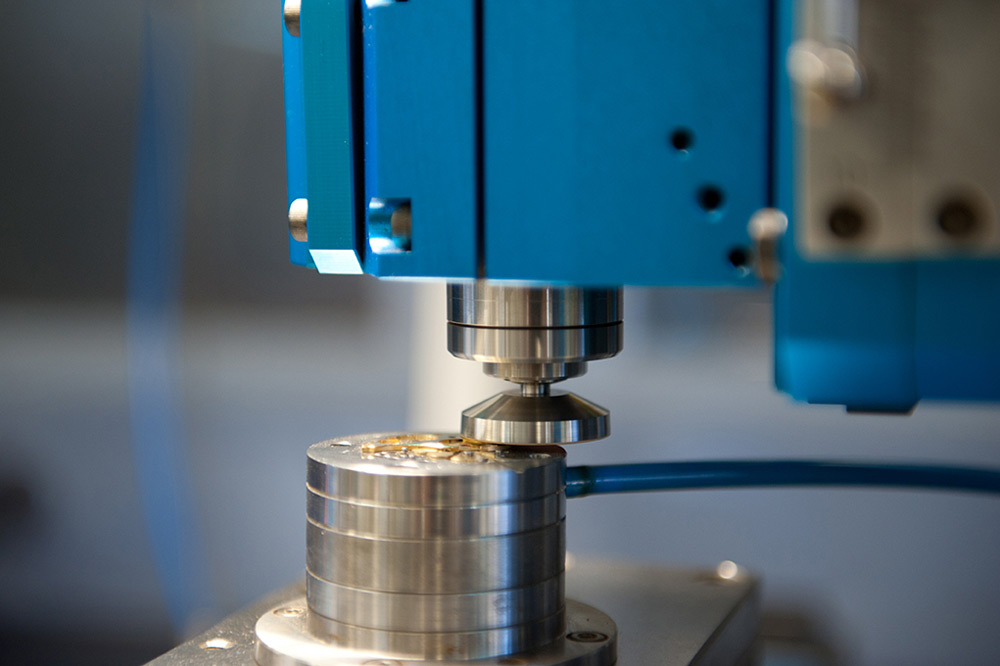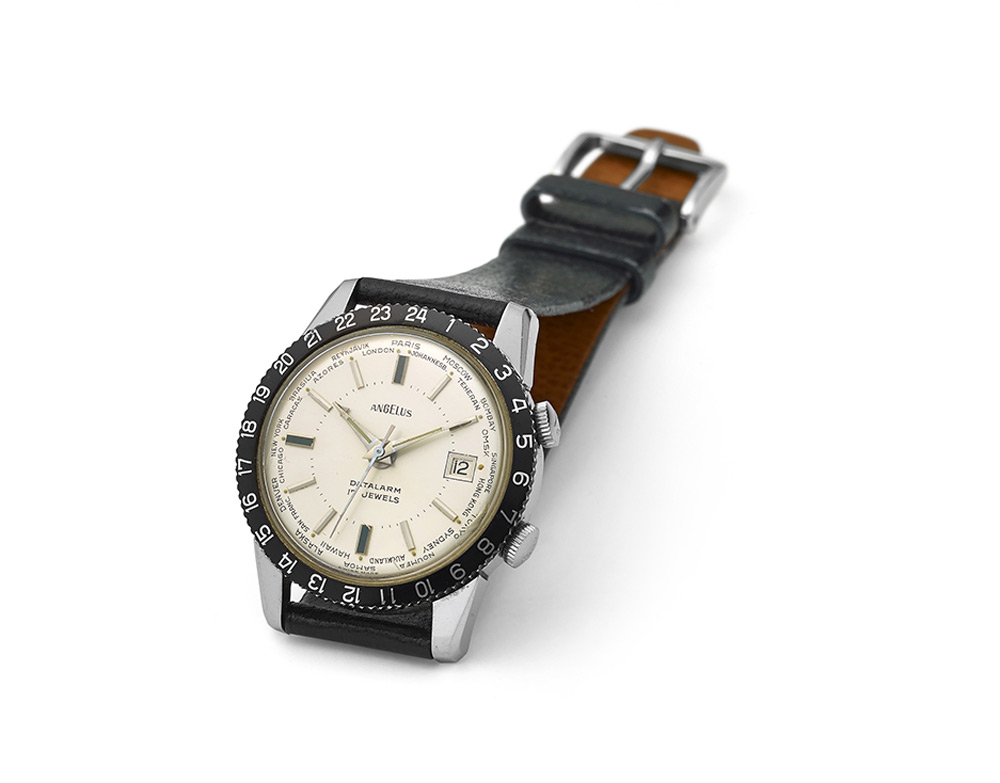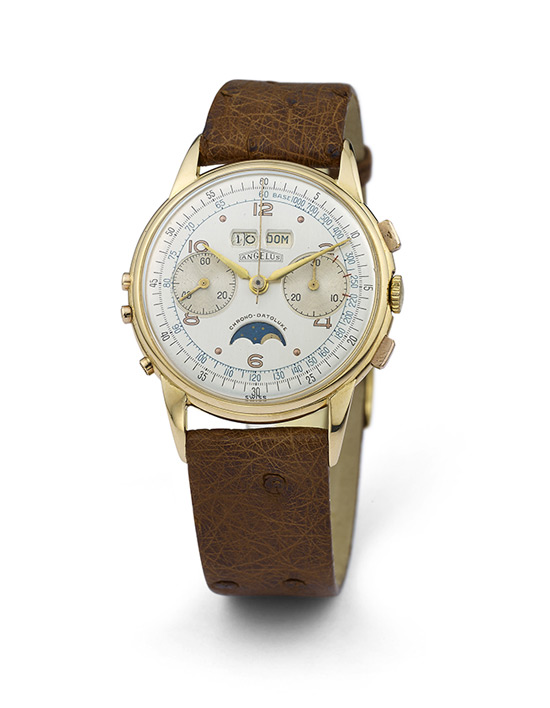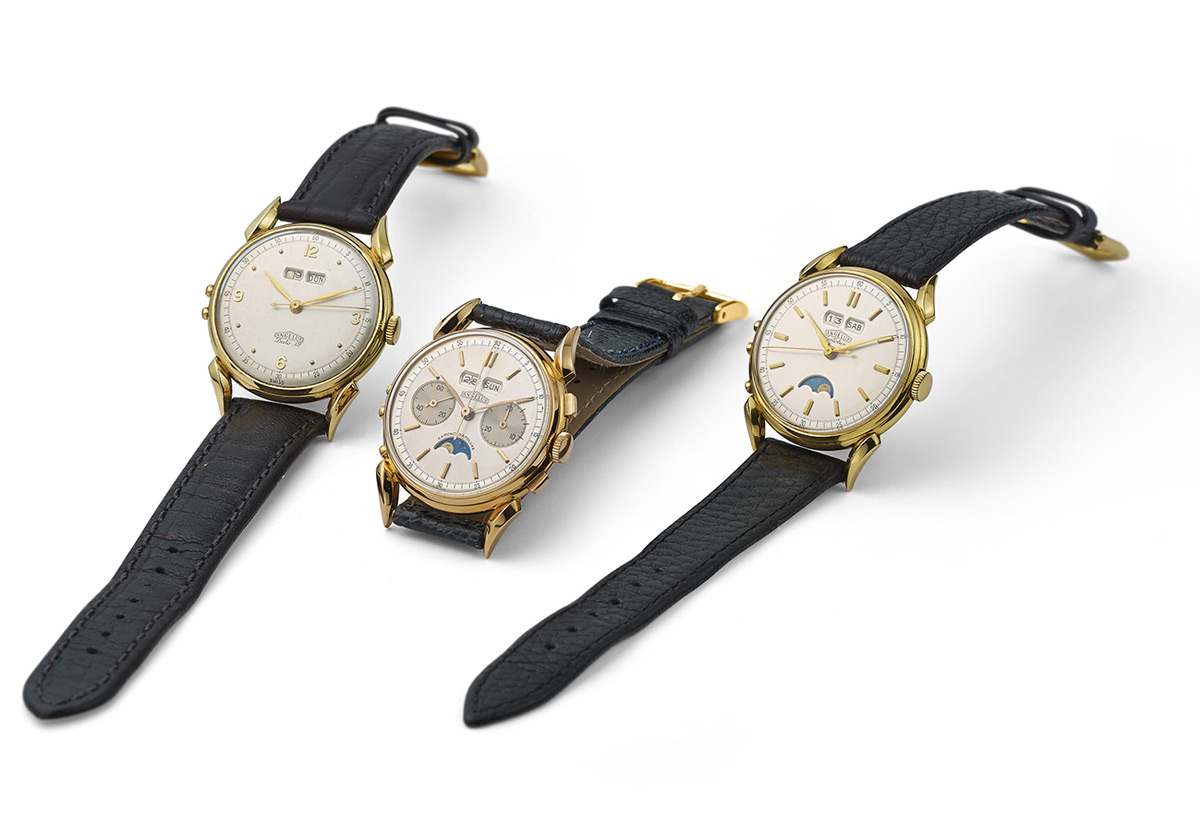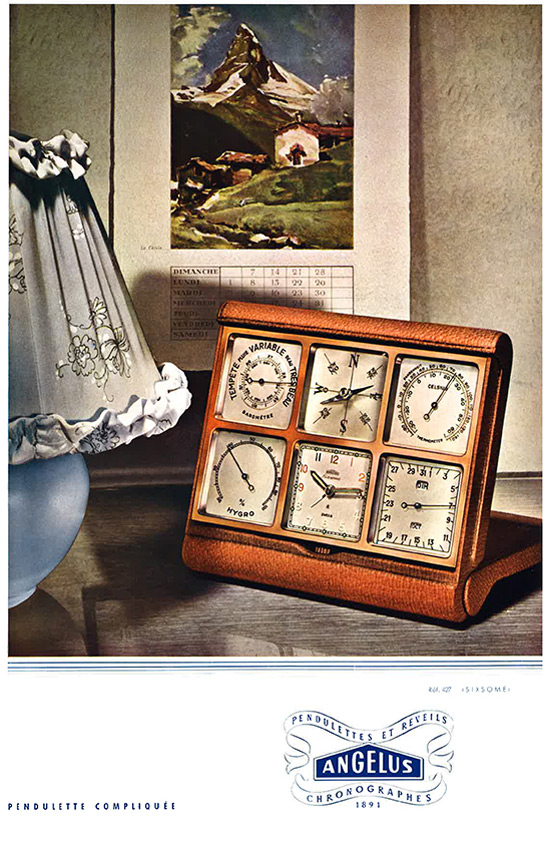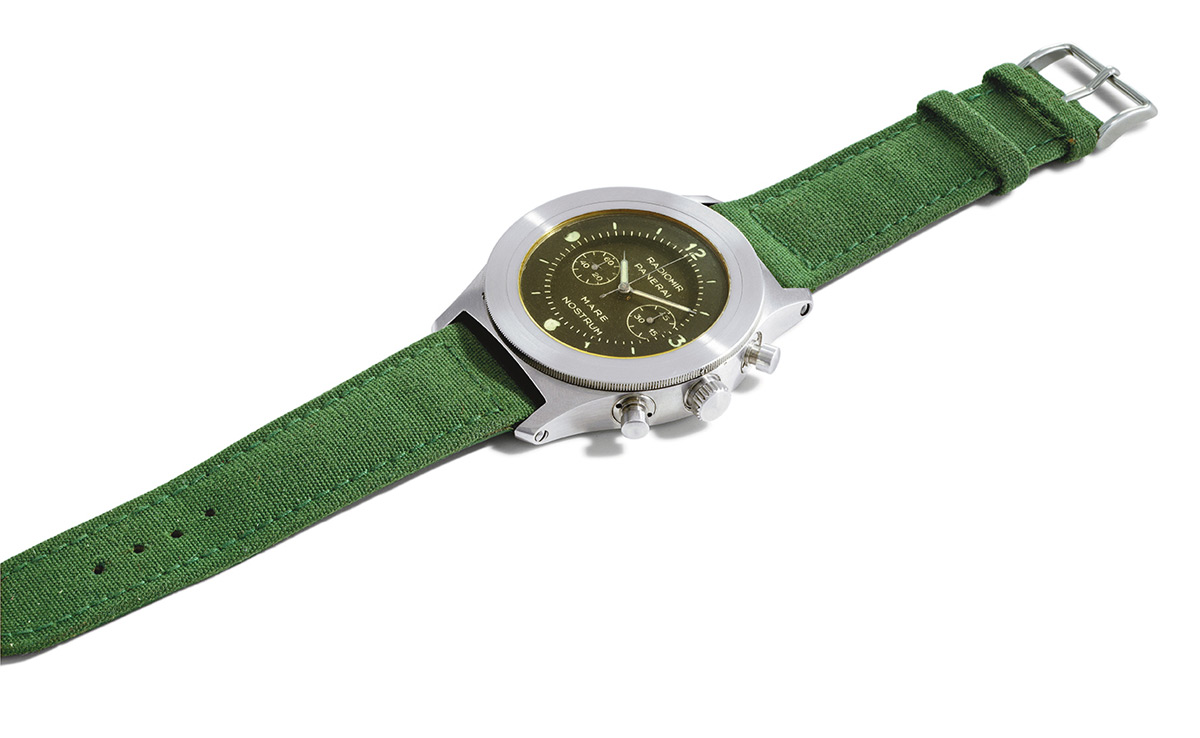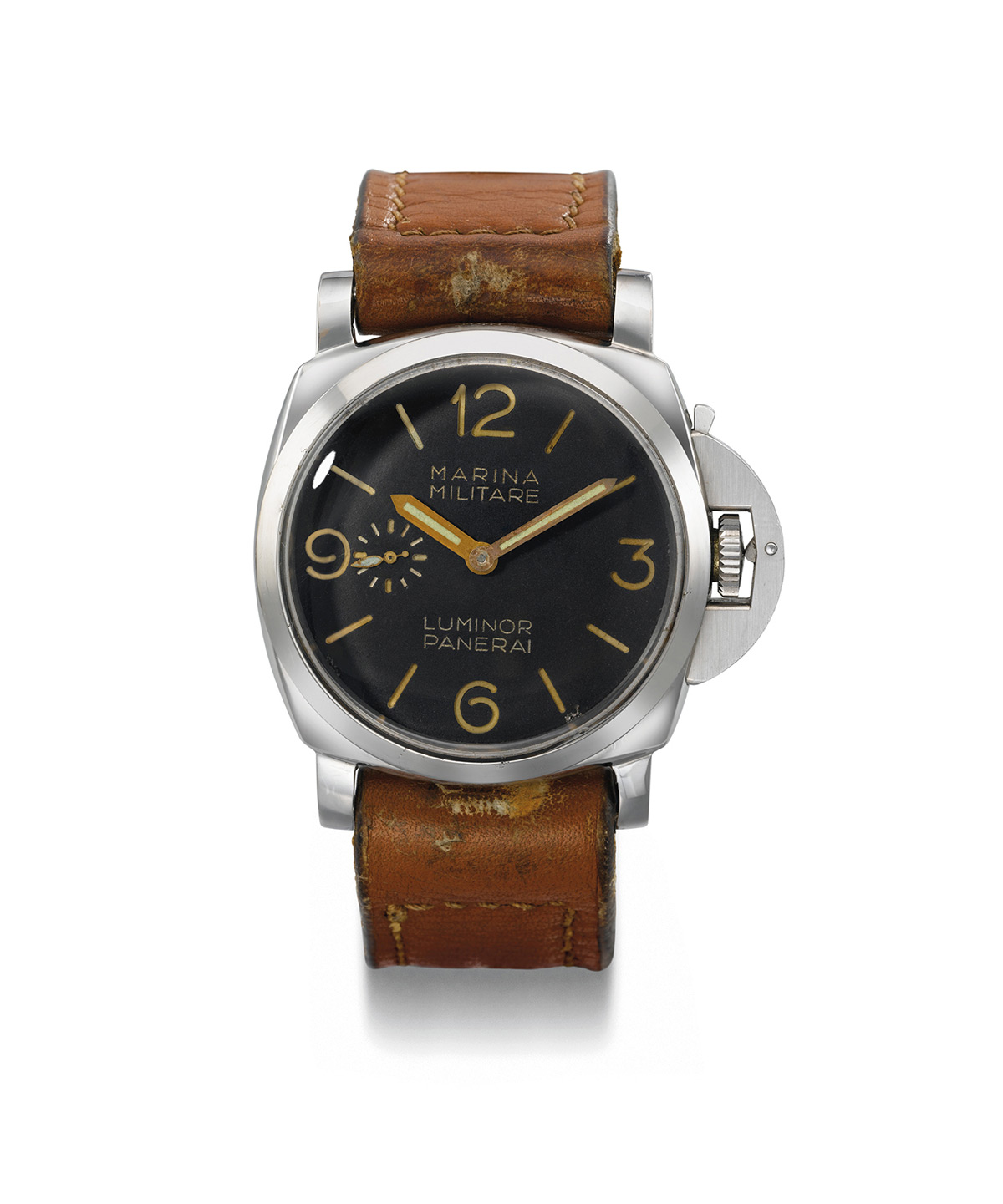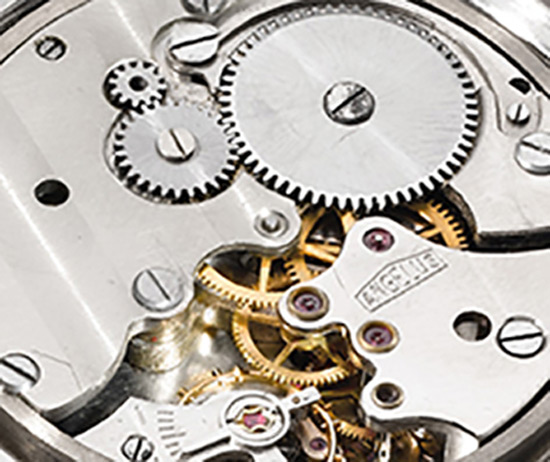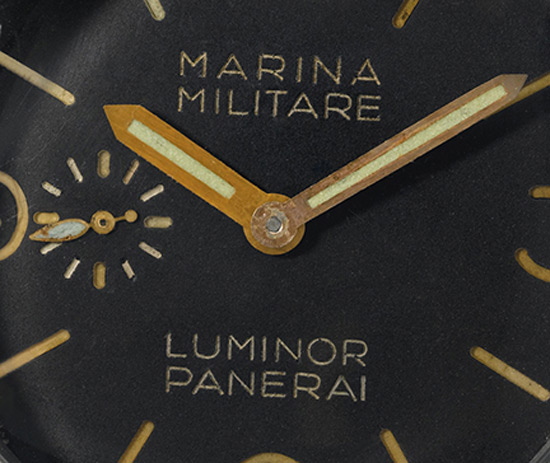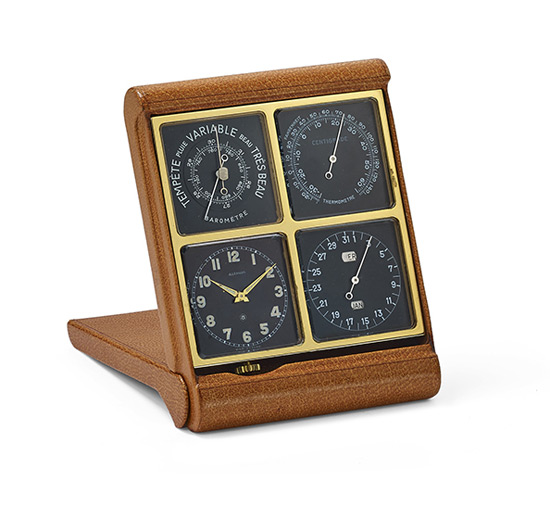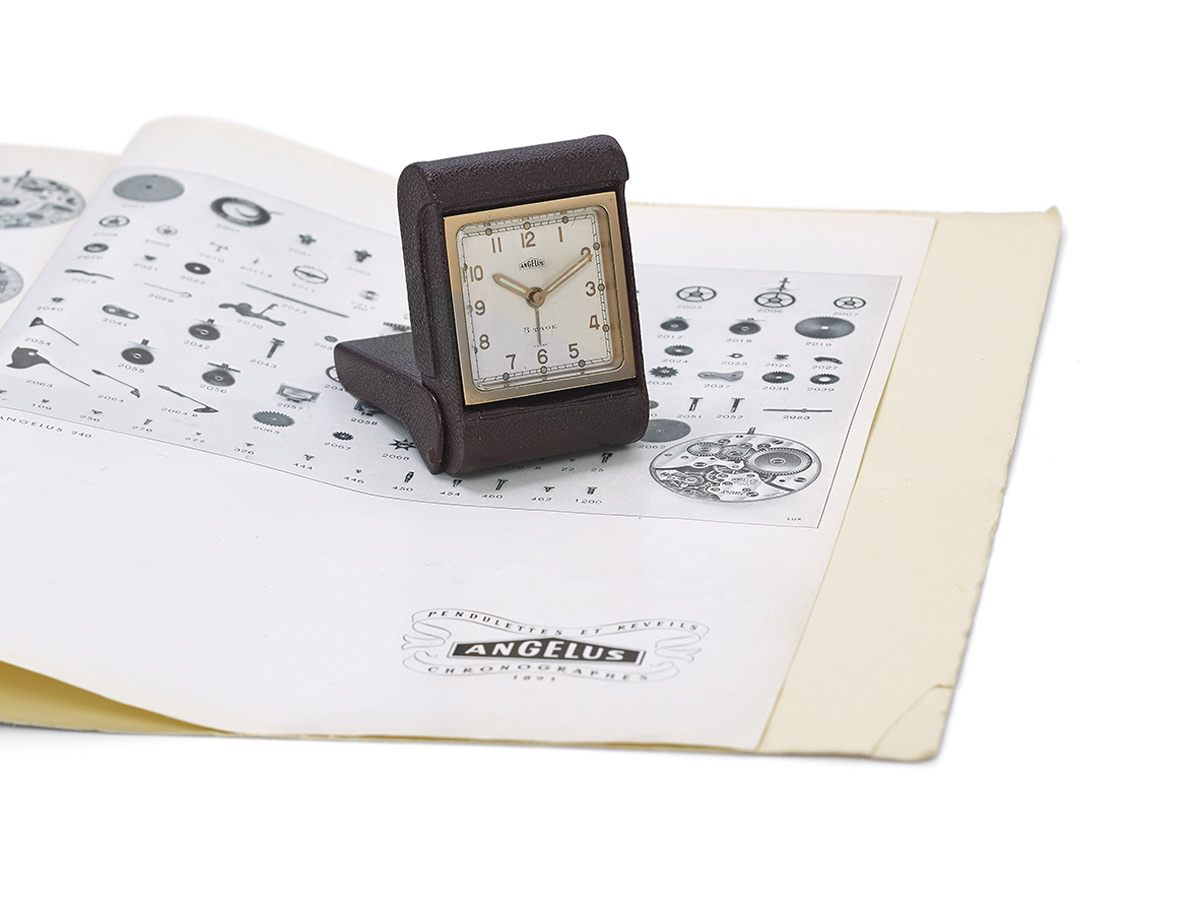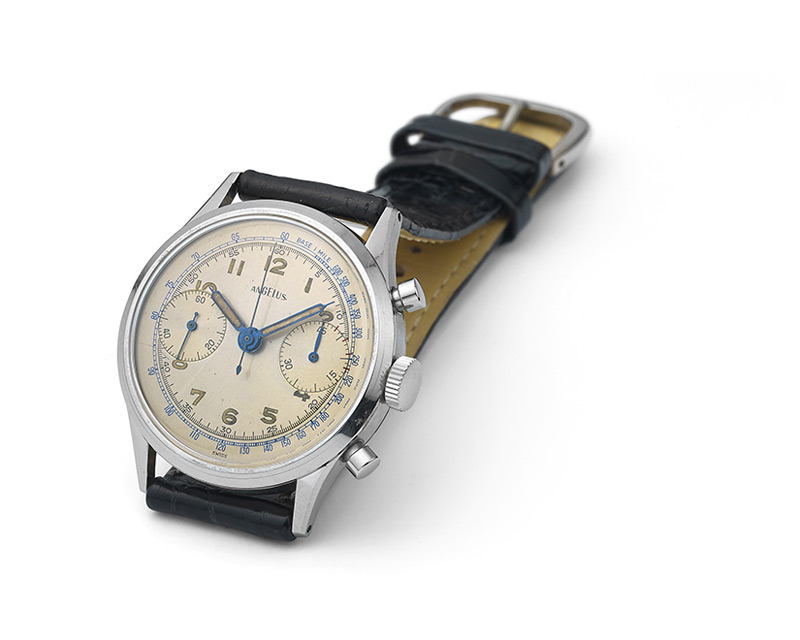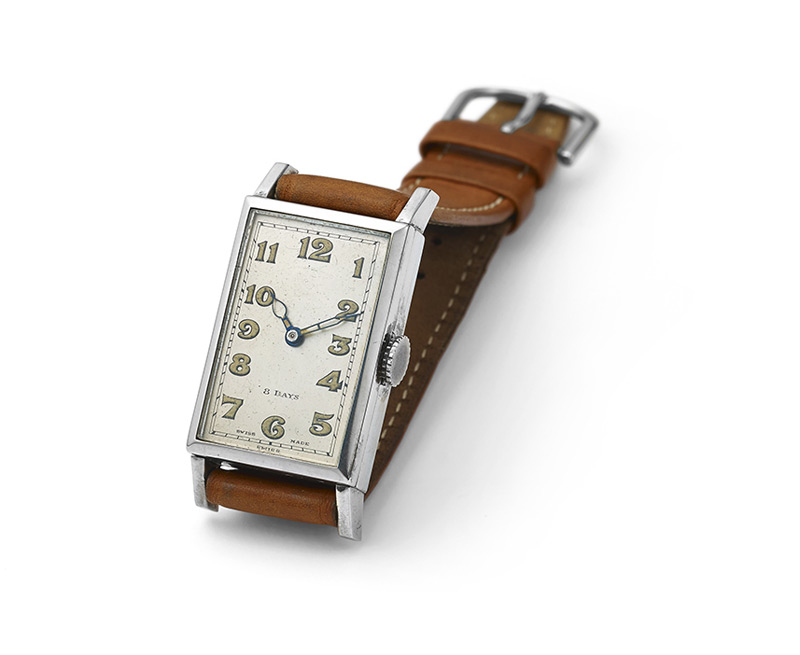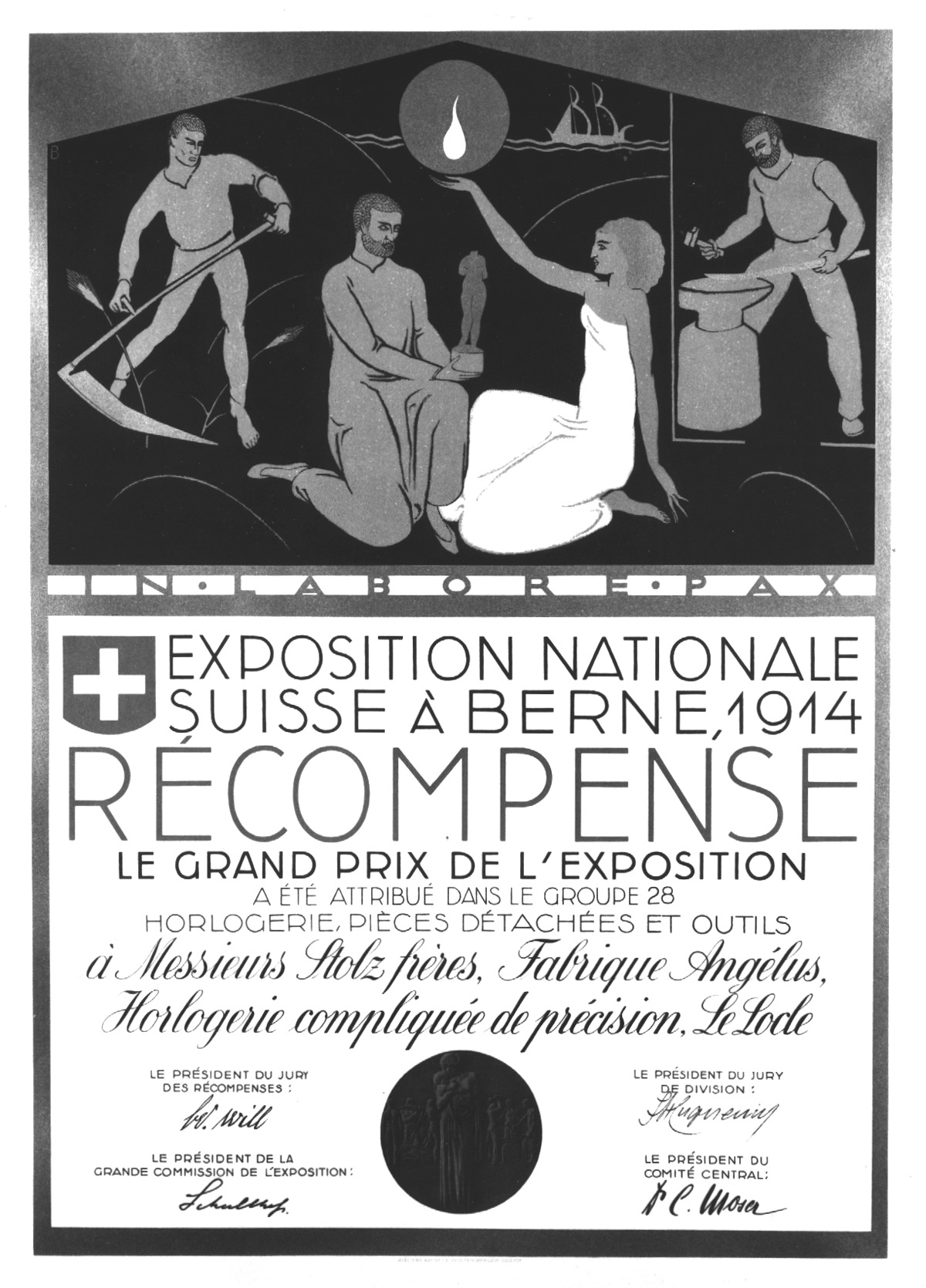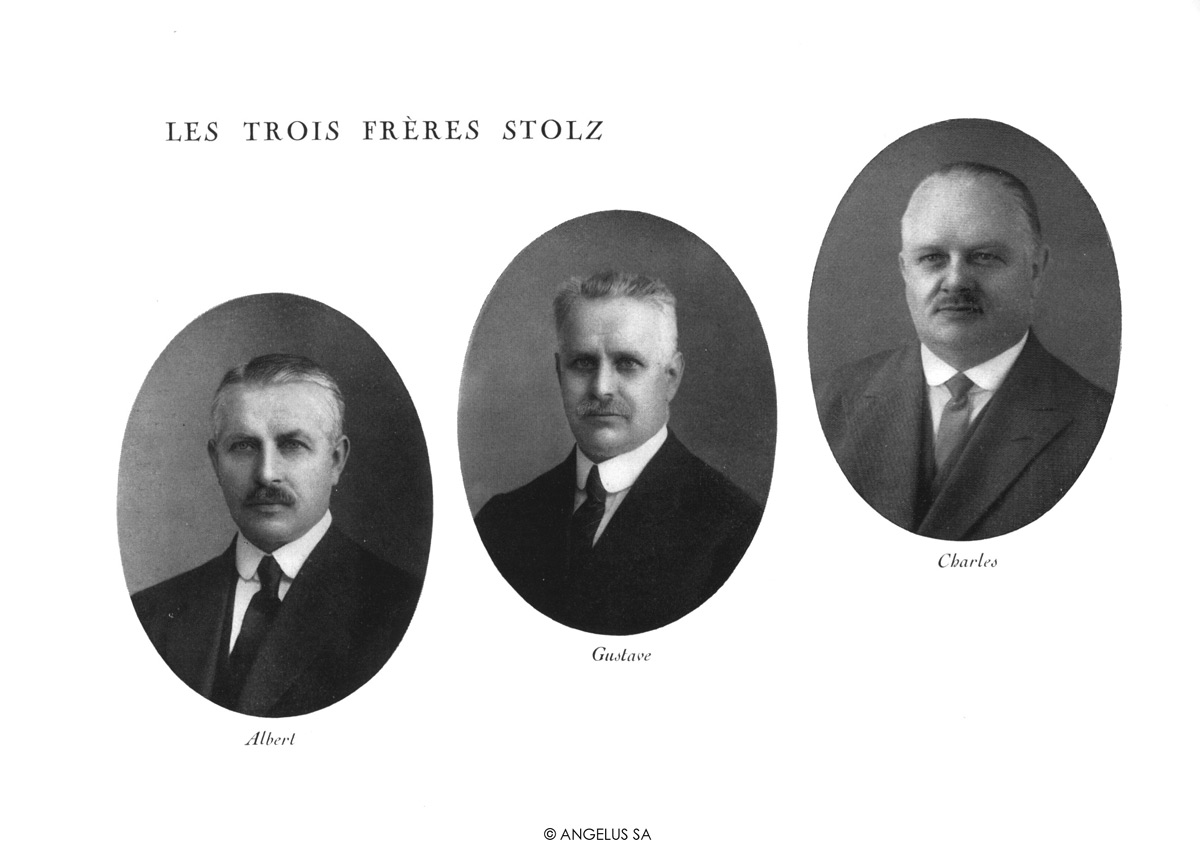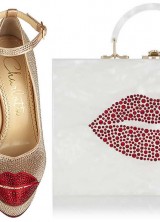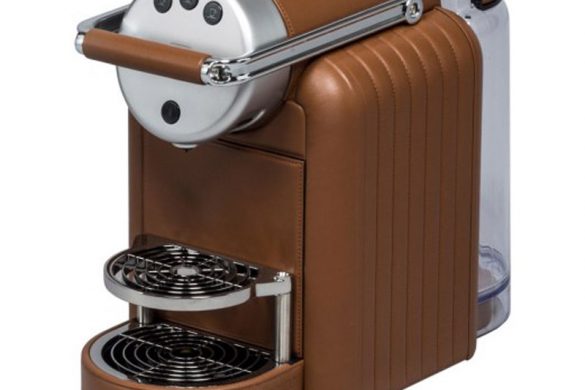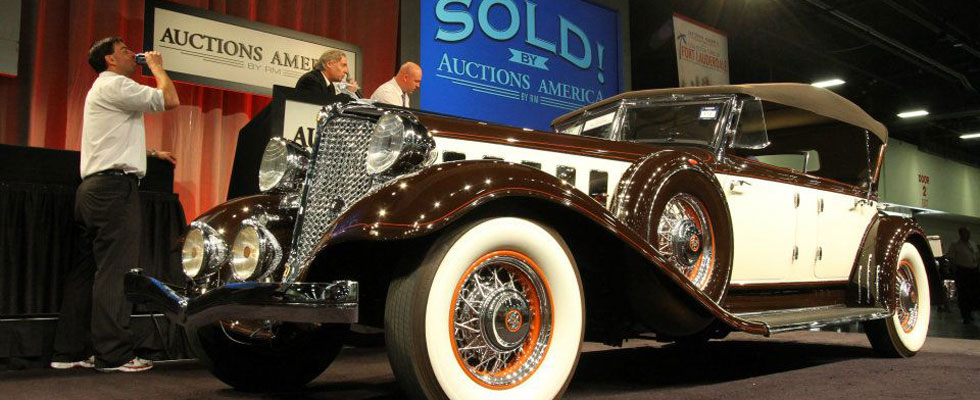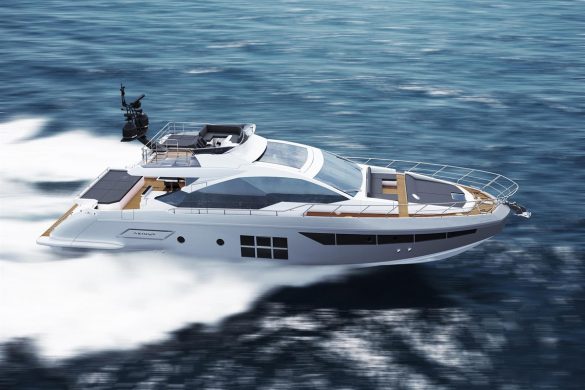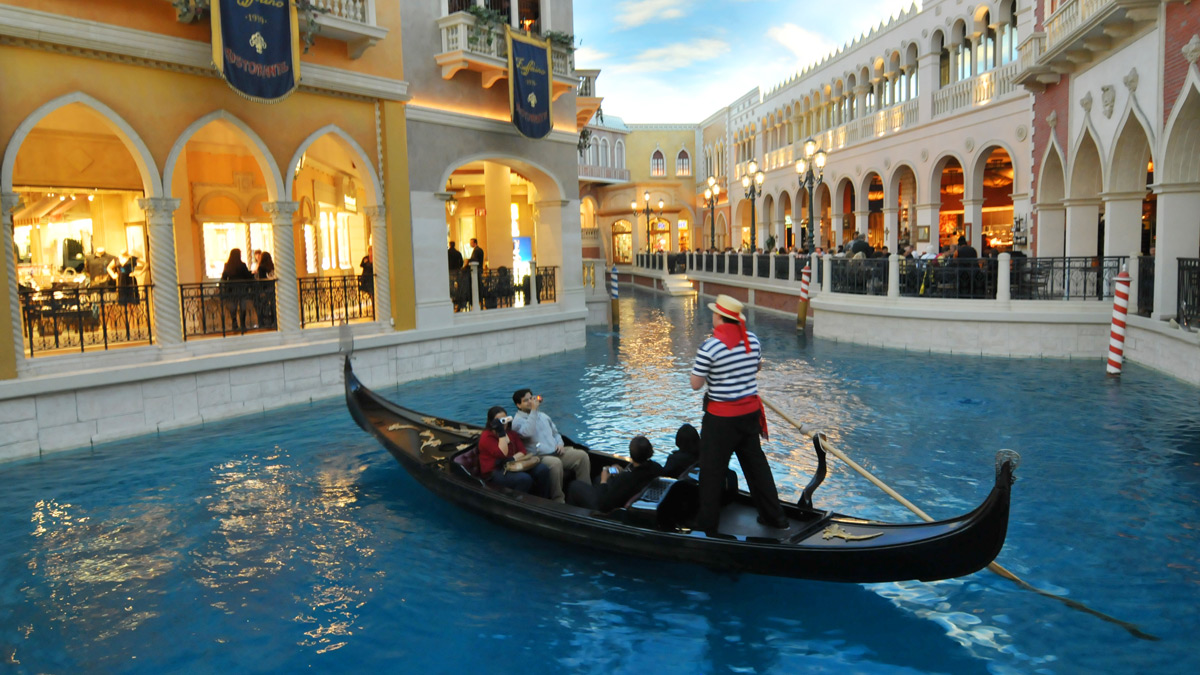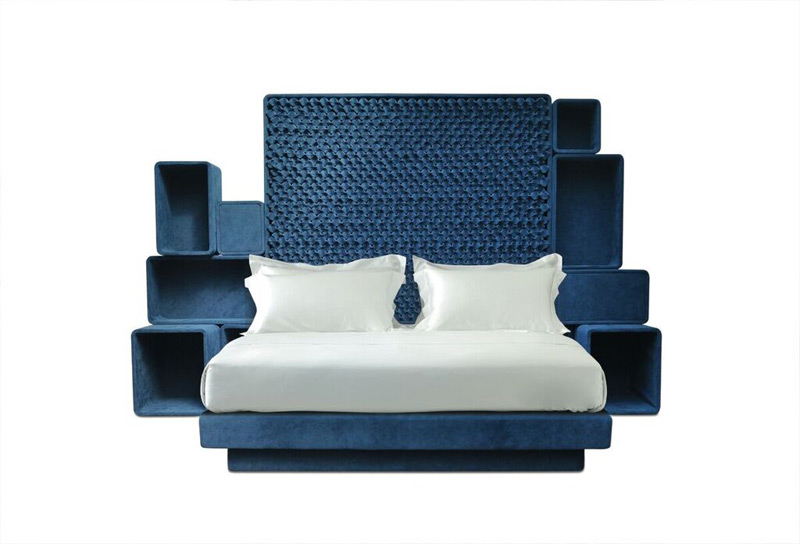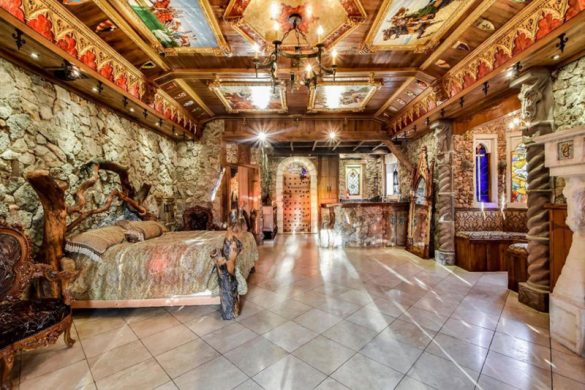Dating back nearly 125 years, Angelus has been one of the most influential horological manufactures of the last century. After lying dormant for more than 30 years, Angelus has now been revived by Manufacture La Joux-Perret, who purchased it in 2011 and which has spent four years developing the next generation of visionary timepieces. Now, Angelus brand is ready to announce the first product, a new watch, just before Baselworld. This timepiece upholds the brand’s reputation for horological ingenuity. Featuring complications from classic watchmaking, ultra-modern materials crafted using cutting-edge techniques, highly visible movements and contemporary design cues, these innovative timepieces push the boundaries of contemporary watchmaking, while remaining true to the haute horlogerie traditions of the brand.
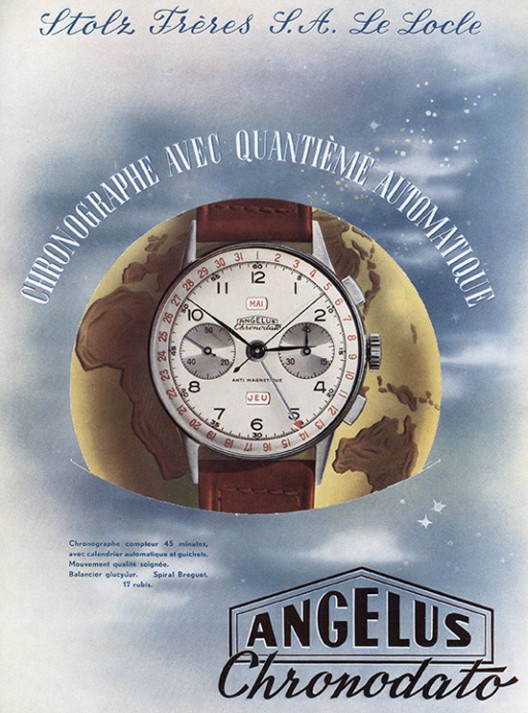
In the meantime, let’s take a look at Angelus’ legacy as a movement maker.
Angelus was founded in 1891 by the brothers Albert and Gustav Stolz with the establishment of the Angelus watchmaking manufacture in Le Locle, Switzerland.
Over the past century, Angelus forged a fine reputation for creating exceptional chronograph and multi-complication wristwatches, multi-display travel clocks with long power reserves, and alarm watches. The brand marked several firsts along the way, including the Chronodato (1942), which was the first series wristwatch chronograph with calendar. The Chrono-Datoluxe (1948) featured the very first big date in a chronograph wristwatch; it was also the first series chronograph wristwatch with a digital calendar – years before such a display became a standard in watchmaking.
The Datalarm (1956) was the first wristwatch ever featuring both alarm and date function, while the cult timepiece the Tinkler (1958) was both the first automatic repeater wristwatch and also the first fully waterproof repeater wristwatch.
The high precision of Angelus timepieces is evidenced by a series of first-class results at observatory timing competitions, while the superb craftsmanship of Angelus watches has been recognized by awards from international exhibitions including Paris (1902), Lille (1902), Liège (1905), Milan (1906), Bern (1914) and Philadelphia (1926).

